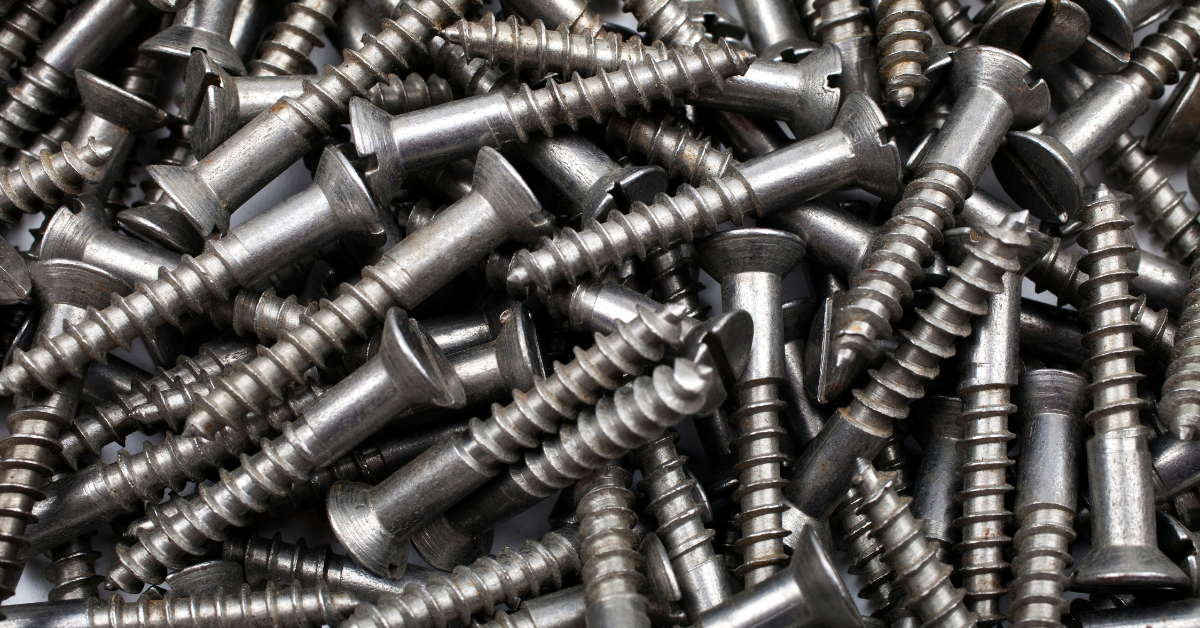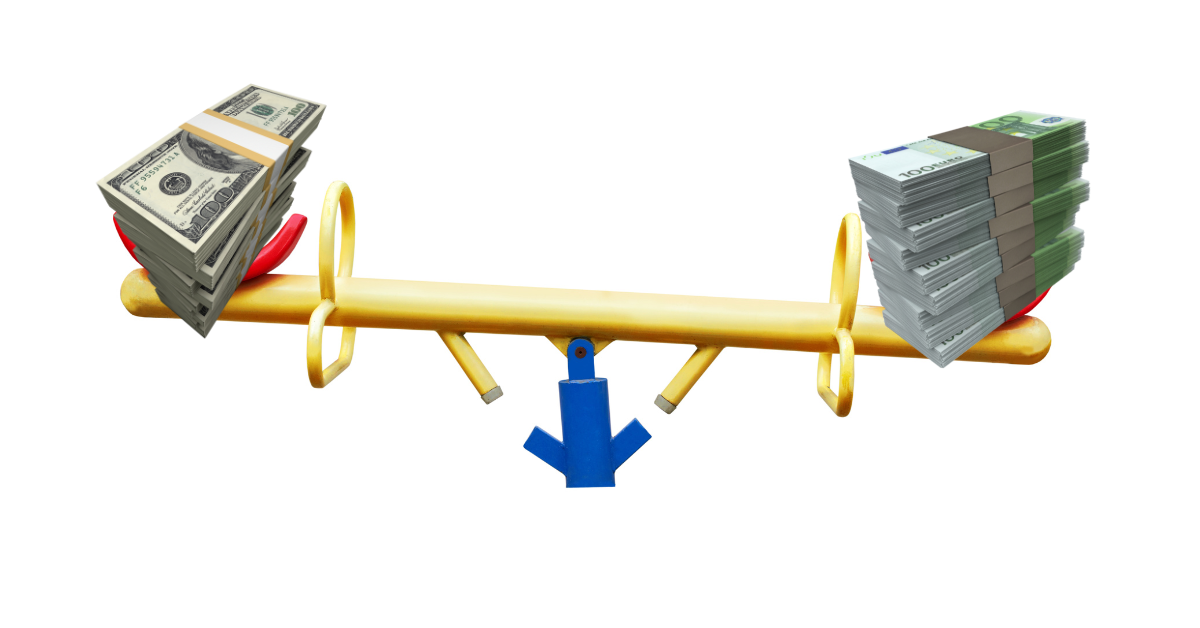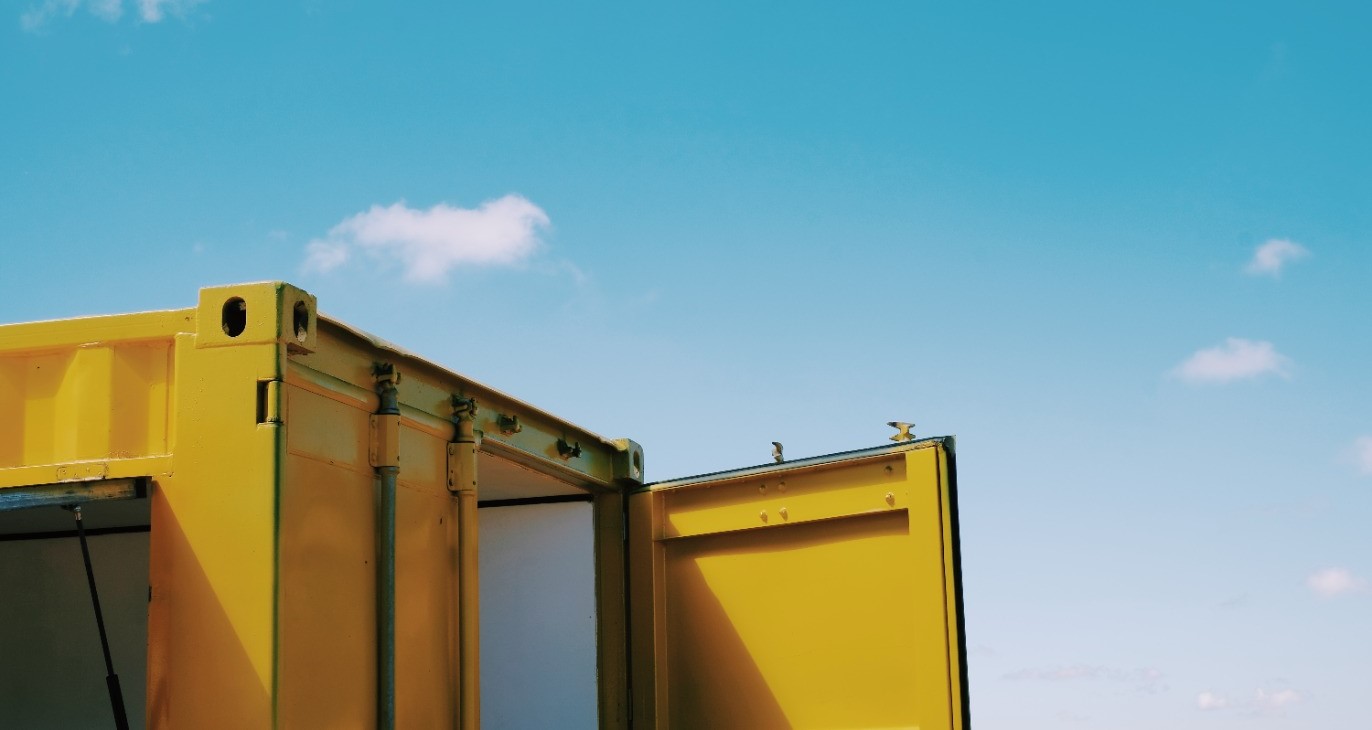Importers and Brokers Await Direction on CBP’s Scrutiny of Steel Derivatives for Tariffs
14 February 2025 04 MINS. Read USA

February 13, 2025 by Joanna Marsh | Top News
Importers appear to be clamoring for more clarity over how CBP could potentially process imports of steel and aluminum derivatives in response to President Donald Trump’s executive orders earlier this week calling for 25% tariffs on steel and aluminum (see 2502110004).
“We are getting a lot of calls associated with the potential reach of the executive order,” Richard Mojica, customs attorney with Miller & Chevalier, told International Trade Today.
The executive orders charge CBP with ensuring that importers of steel derivative articles provide the agency “any information necessary to identify” the steel or aluminum content “used in the manufacture of … derivative articles imports.” CBP should “implement the information requirements as soon as practicable,” the order said.
The order also calls upon CBP to scrutinize imports of steel derivatives for misclassification so that the agency can issue monetary penalties. CBP also must notify the commerce secretary of any efforts to evade payment of ad valorem duties.
“What was interesting about the proclamation that the president issued on February 10 is that it contains some anti-circumvention language, so it directed customs to prioritize misclassification of goods and to impose maximum penalties for any misclassification without considering any mitigating factors,” said Luis Abad, Washington national tax principal at KPMG, during a Feb. 12 KPMG webinar on the recent U.S. tariffs.
“Now this sounds pretty extraordinary, but it suggests that they’re really going to be focusing on customs compliance to make sure that the importers are not misclassifying their goods to get out of paying these tariffs. It also included a provision that said that customs should focus on any items that are processed or altered,” Abad said.
Importers are seeking clarity on a number of issues that have yet to be determined or announced by CBP and the Commerce Department, according to Mojica.
The orders indicate that products classified outside of Chapter 73 or Chapter 76 for steel and aluminum, respectively, will be included in forthcoming annexes detailing derivatives newly subject to the steel and aluminum tariffs..
“An initial question is, how far will they go? Will they stick to relatively simple derivative products? If you look at the current list of derivative products, the products there are relatively simple, cables, wires, etc. So, will they retain this approach of keeping it relatively simple, or are we going to see more advanced products there?” Mojica said. If the tariff will include more advanced products, that could trigger language in the order, which says that for these products that are classified outside of Chapter 73 and 76, only the steel content or aluminum component, respectively, of that advanced product will be subject to the tariff, he said.
However, that information on the applicable amounts might not be readily available for importers, particularly if an importer is purchasing a product from a third party, Mojica said.
“At this moment, everyone who imports products that are made of aluminum or steel is looking for further guidance because this could be a big impact. It could result in a big impact if the scope kind of goes further beyond these relatively simple aluminum products that have been swept under the derivative designation,” Mojica said.
The other novel aspect of the orders is the idea of tariffs being applicable to a component, which has been an idea floated around within the context of semiconductors but not for aluminum or steel, according to Mojica.
“Another bigger picture question is whether we’re going to start to see component-level tariffs, where an importer has to look at the product bill of material and pull some relevant information from it in order to determine whether the product is subject to a tariff or not.”
Should the Commerce Department and CBP decide to use an advanced product definition of steel and aluminum derivatives, CBP could require certification, which would then put the burden on the importer to identify the components, Mojica continued.
“I think it’s going to create an added difficulty to importing aluminum and steel products, especially those that, again, are considered derivatives, where there are some additional data elements and requirements of the importers that if you mess it up, Customs has made clear that they’re going to be looking to go after these issues and offer no mitigation.”
Adding to the uncertainty is the continued presence of Commerce at the center of decisions on trade not traditionally part of its remit.
“It would appear that the Department of Commerce will be involved in that process and providing the details. But of course, Customs will be responsible for enforcing it, right? So hopefully, it is a process where Commerce consults Customs on it so that their resulting instructions are ones that are actionable and can be complied with by importers and also enforced by the regulator,” Mojica said.
ITT reached out to CBP on the tariffs.
Reproduced by permission of International Trade Today, internationaltradetoday.com, Copyright © 2025 by Warren Communications News, Inc.



